What Is the Future of Logistics: Analysis

If you have a business, you know the importance of order fulfillment. This involves the movement of goods from where you procure them to where you ship them and every other step along the way. Although there is no business as normal, tried and true logistics methods connect people with products.
What about down the road? Are there new and innovative ideas to speed up the supply chain? Yes, there are, and some are already emerging and changing the logistical landscape. This is what the future of logistics looks like.
1. The Share Economy
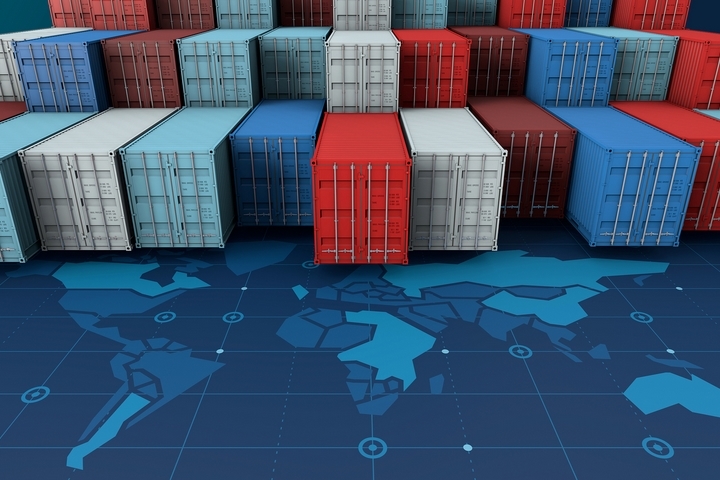
This is a socio-economic system where people have the ability and the preference to share resources rather than own them. This greatly impacts the warehousing industry and allows for more flexibility among peers.
With this post-pandemic alliance, warehouses are transitioning to distribution centres rather than storage facilities. The industry is quickly adapting and offering on-demand rentals and peer-to-peer sharing, bringing the cost of storage for your goods way down.
2. Third-Party Logistics
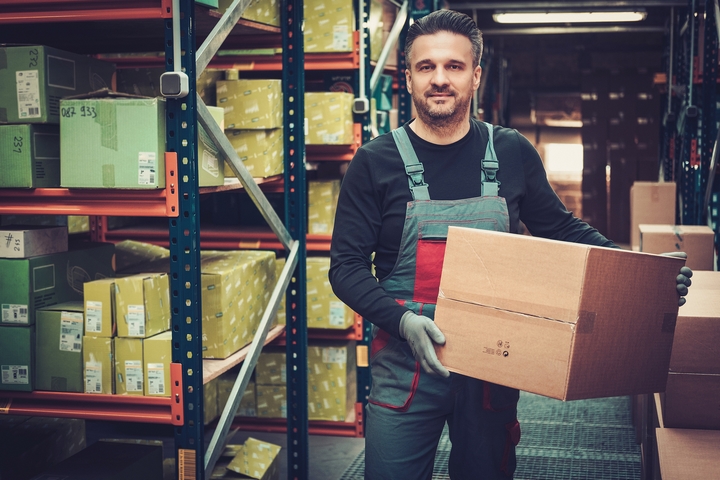
Running a business is tough, and most owners wear many hats. Everything from product development to running staff, sales, and marketing leaves those in charge and employed worn thin. While some companies like to do everything, including logistics, it is not practical anymore when there are dedicated companies to do it for you.
A third party logistics company is the answer for many businesses, and it takes the logistical load off their shoulders. Outsourcing the management of procurement and fulfilment means they can concentrate on developing their operations better. 3PL involves:
- Inventory management
- Warehousing
- Order processing
- Shipping
- Customer returns
You will get updates on every step in the supply chain, from order placement to order shipped, and because of the size and network of facilities, you can scale easily as your order volume grows.
3. Robotics
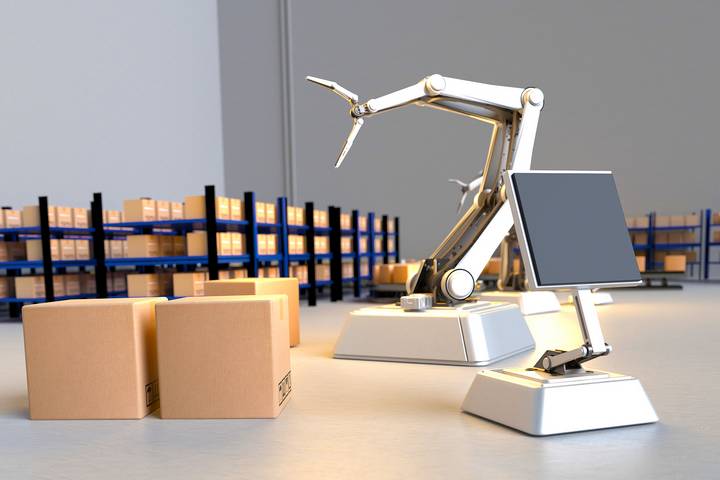
As we embrace and utilize the digital ethos, warehousing goes beyond computerization to robots. This is more than a trend as it improves productivity and accuracy through innovations like:
- Robotic picking
- Automated conveyor systems
- Shuttle systems
Beyond the warehouse frontier is transportation, and the future is rapidly emerging. Ariel vehicles and autonomous trucking is a transformational advancement in logistics. This reduces labour costs and increases efficiencies while improving safety on the roads at the same time. This saves the high cost of last-mile delivery as well.
Robots will not replace the workforce because they are there to take over repetitive operations, so human labour is free to focus on more skilled tasks.
4. 3D Printing
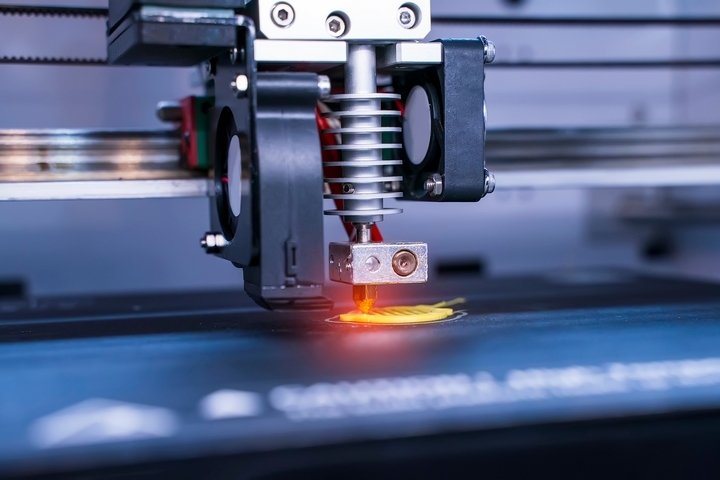
This new technology quickly expands beyond manufacturing as it is adapted to many industries. For logistical purposes, it will be much more efficient and cheaper to 3D print products rather than ship them across the country.
As the reality of connected devices syncs with 3D printing capabilities, logistical companies will need to adapt to this quick-moving platform.
5. AI Learning

Artificial intelligence is already with us, and although the potential has not been fully realized, it is rapidly being integrated into many systems. Logistic companies can utilize AI for:
- Business Analytics
- Shipment speeds
- Track route optimization
- Process automation
- Productivity evaluation
- Predictive ordering
- Demand predictions
- Storage space optimization
- Customer satisfaction
AI will only strengthen the supply chain and its capacity while enhancing operations.
6. Less Than Truckload Demand

Along with peer-to-peer sharing in warehousing, a similar model is rising within the trucking component of logistics. E-commerce has spurred faster shipping expectations, resulting in smaller shipments needing to be delivered more frequently. This, in turn, increases the cost for businesses to fulfill orders and can directly hurt the bottom line. Less Than Truckload (LTL) is the answer.
LTL compiles smaller loads from multiple companies and places them on one carrier for delivery via multiple stops. The benefits of this are huge because it’s:
- Small business friendly
- Lower cost
- Environmentally conscious
- Adapted to the e-commerce model
- Quicker delivery
- Safe shipping
- Multiple shipping options
This small shipment hurdle cleared creates breathing room for businesses and allows lower-volume sales to thrive.
7. Real-Time Tracking and Analytics
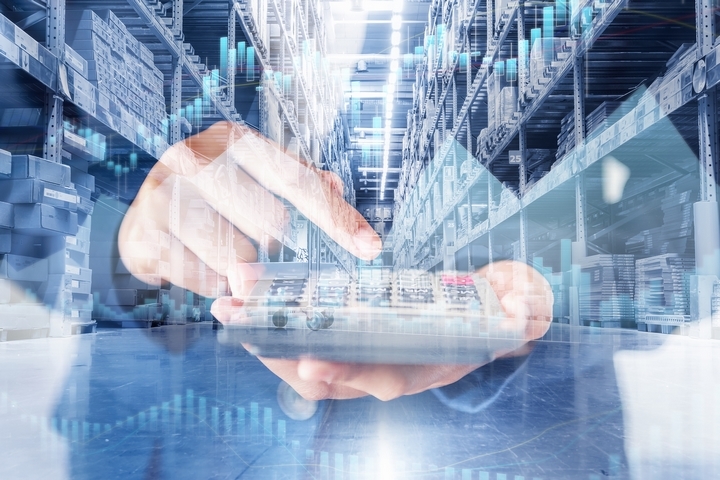
The use of RFID chips and similar technologies allows for instant access and real-time tracking when you are shipping products to wholesalers and customers. Customer satisfaction is key to staying ahead of the competition, and people want to know when they will get their orders delivered.
Being able to tell your customers exactly where their items are en route is vital and gives them peace of mind. This is also a way to spot disruptions in the supply chain and correct them according to the data collected.
The ability to track orders using advanced technologies is a real game changer, and it will only get better with more digital advancements.
This is the future of logistics, and it is a bright one. For you to stay ahead of the curve with your logistics, adopt emerging technologies like these and more so, your company thrives in the digital era.


